How to adapt to the new trend of consuming carbohydrates
The massive intake of carbohydrates while we are cycling has been shown to be the most efficient way to keep our glycogen stores intact and delay the onset of fatigue when we participate in the toughest races and marches on the calendar, but how do we do it without our stomach knocking us out of the fight?
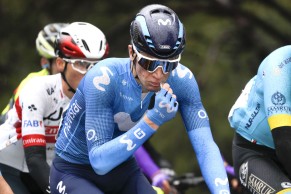
We explain how to consume the maximum amount of carbohydrates during your routes
The main trend in nutrition during sports activity in recent years is to maximize carbohydrate intake. Beyond looking for other types of alternative fuels that preserve glycogen stores, like the famous ketones, to avoid resorting to our muscles and liver's glycogen stores, it is non-negotiable that the rate at which we provide carbohydrates to the body is high enough.
Furthermore, consuming a large amount of carbohydrates during activity, according to some studies, would increase the cells' ability to break down carbohydrates before using them or, in other words, cells learn to use the carbohydrates they need in a much faster and more efficient way.
RECOMENDADO

Tips for getting up early to ride

Complete list of the highest paid cyclists of 2025
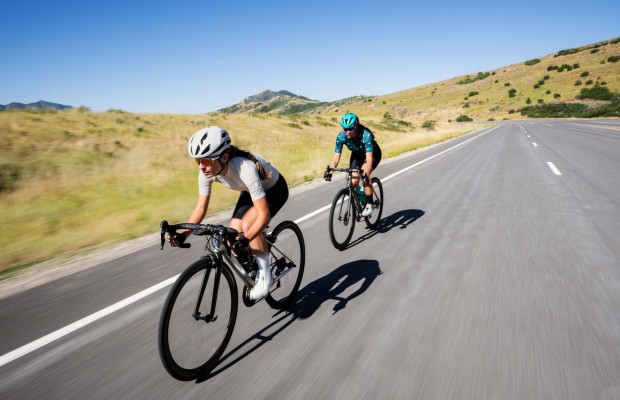
Shimmy Effect: why some bikes become uncontrollable when going downhill

How many calories are burned when cycling

What is heart rate variability and how does it affect the cyclist?
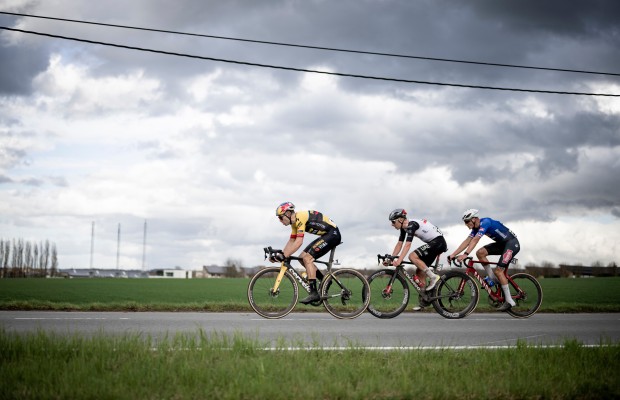
Fat Max Training to efficiently eliminate fat
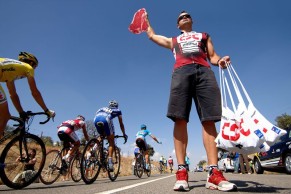
In any case, almost all studies conducted on carbohydrate consumption during pedaling agree that an increase in their intake translates into improved performance, and some even suggest that it would have a beneficial effect on recovery after exercise. That is why this strategy has become common among all those endurance athletes who seek maximum performance: marathon runners, triathletes, and, of course, cyclists.
The problem with this nutrition strategy is that consuming a large amount of carbohydrates during exertion usually ends badly, usually in nausea and other stomach problems that can knock us out just when that's what we're trying to avoid. In fact, it has traditionally been recommended that the maximum carbohydrate intake be 60 grams per hour, a figure that barely covers a minimal part of the body's needs during pedaling.
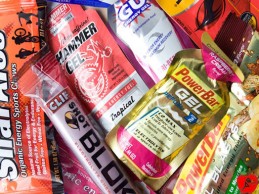
However, currently, it is recommended to ingest a minimum of 90 grams per hour to maintain adequate performance, as a reference, a common energy gel provides between 20 and 25 grams of this nutrient so we would need to ingest around 4 gels per hour to reach this amount, in fact, professional cyclists far exceed this figure, like Mathieu van der Poel, who recently explained that he consumes around 140 grams of carbohydrates per hour in a race.
To be able to provide such amounts of carbohydrates the first step is to choose the right carbohydrates, that is, the mixture that is absorbed the fastest but that, in turn, makes a progressive contribution of glucose to avoid insulin peaks that result in a drop in performance when the level of glucose in the blood drops suddenly due to this hormone.
Nowadays, the formulations of the different brands have advanced enormously, each with its particular mixture but with common actors such as maltodextrin or fructose, in addition to different salts, all in concentrations similar to those of the body, isotonic gels, so that absorption is favored. Obviously, those subtle differences between brands are what we will have to test during our training until we find the products that we can ingest in large quantities without suffering stomach discomfort.
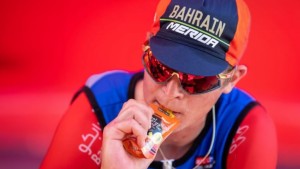
Speaking of training, we also have to teach our gastrointestinal system to tolerate a large amount of this type of product, whether gels, bars or drinks with energy contribution in our bottle, so we will have no other option than to use these products also in our training sessions which, on the other hand, will have as a counterpayment, sessions in which we can perform more so the benefit obtained will be greater than when we went out to train with just a bottle of water.
In any case, while there is evidence of the performance improvement that increasing carbohydrate intake during exercise implies, there is not so much in finding how to supply the maximum contribution or what causes some cyclists to tolerate a large contribution of carbohydrates without suffering discomfort that others, so, if we want to apply this nutrition strategy on the route, as we explained above, you have no choice but to use the trial and error method testing which brands you assimilate better and what is the maximum rate of carbohydrates that you are able to tolerate.